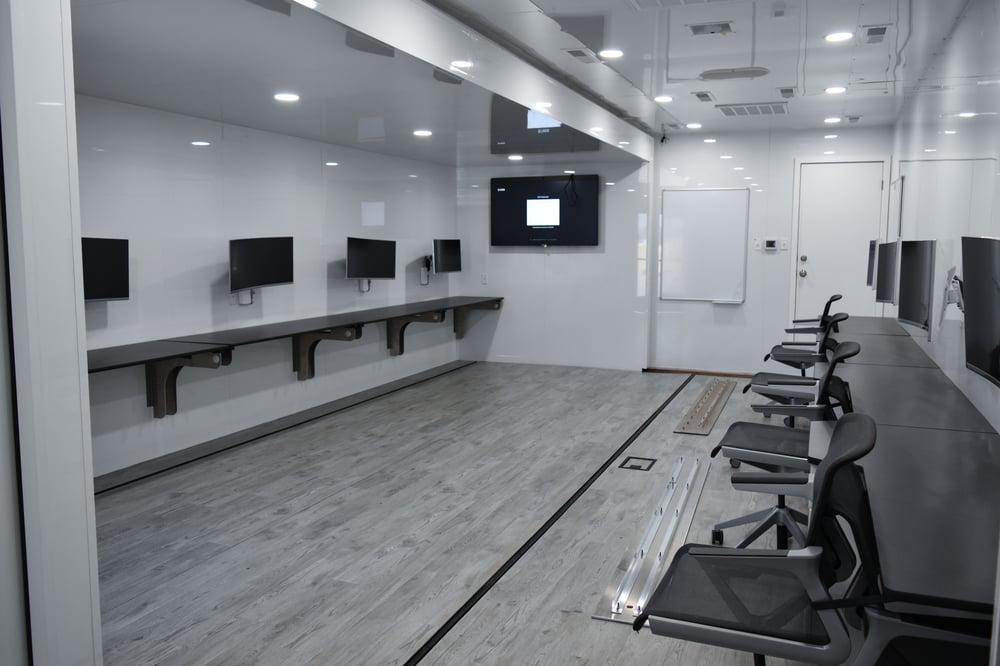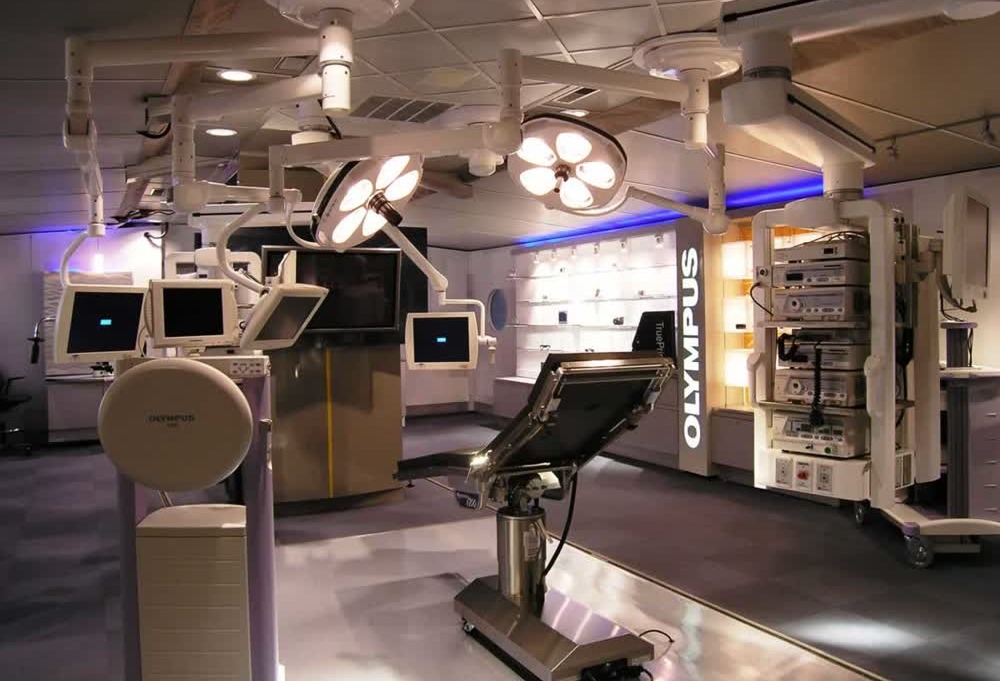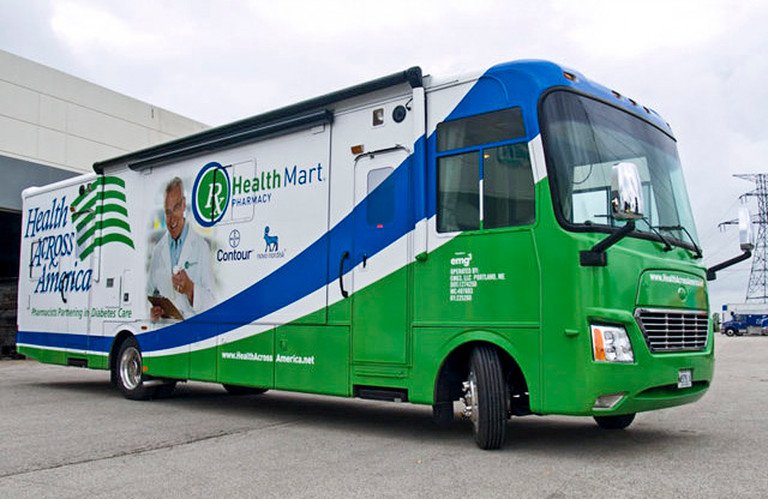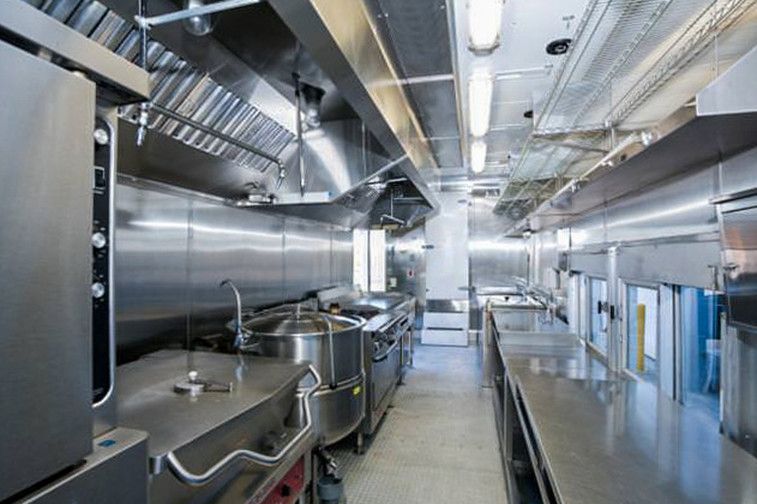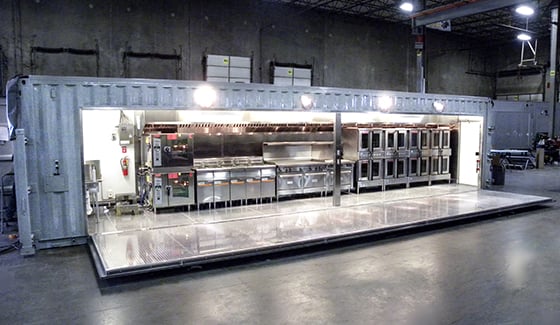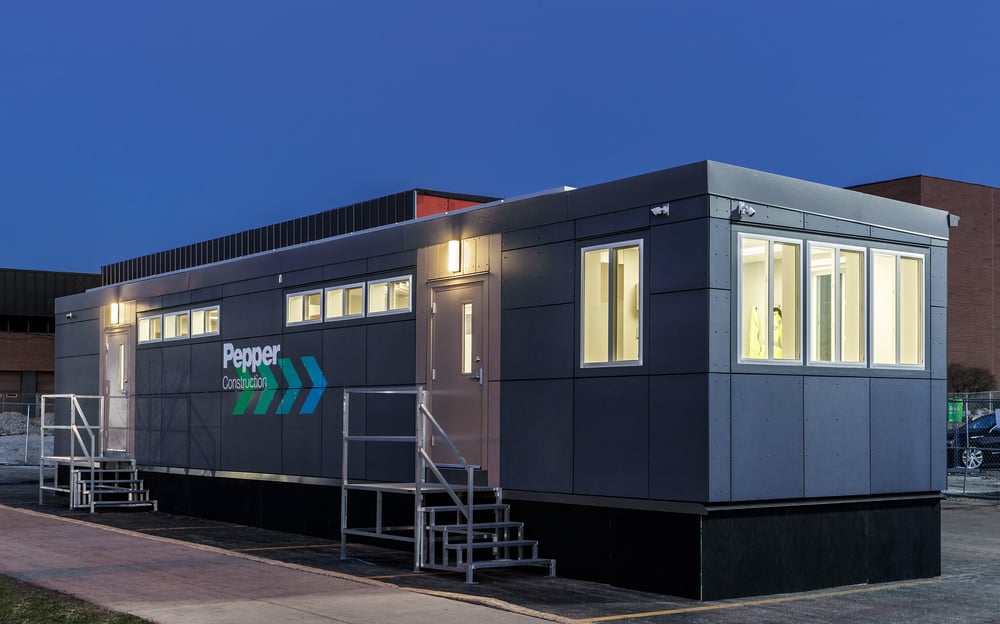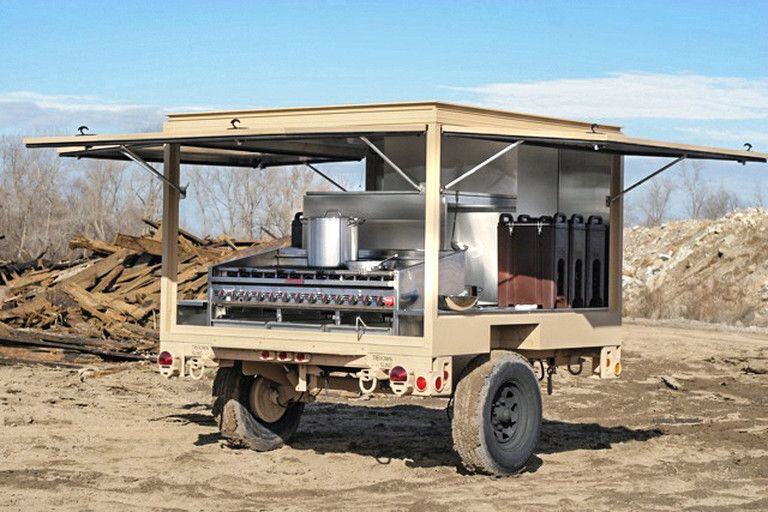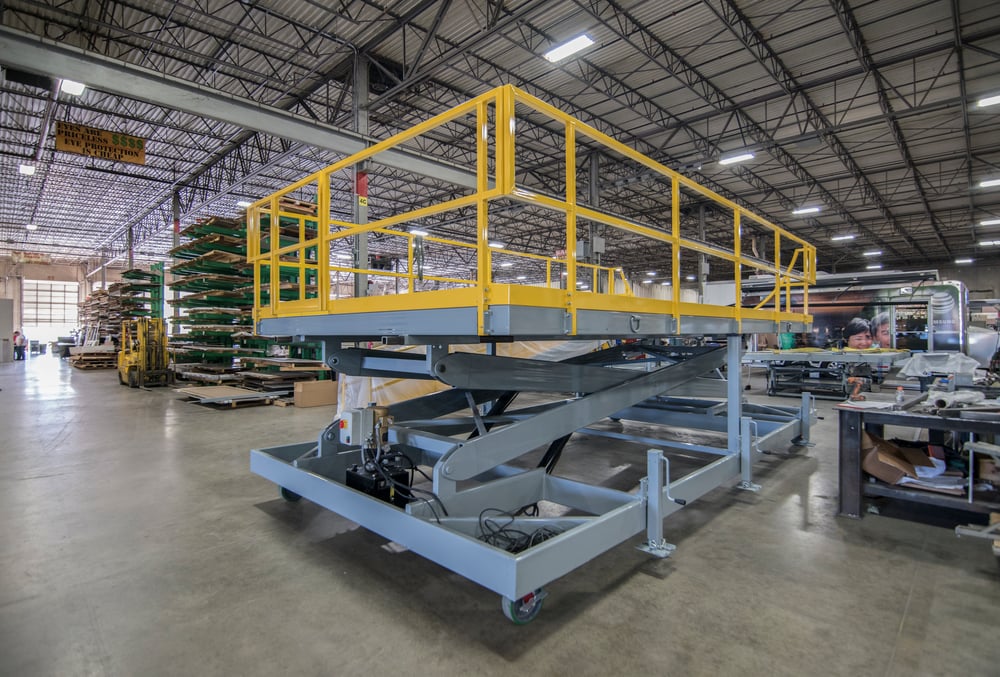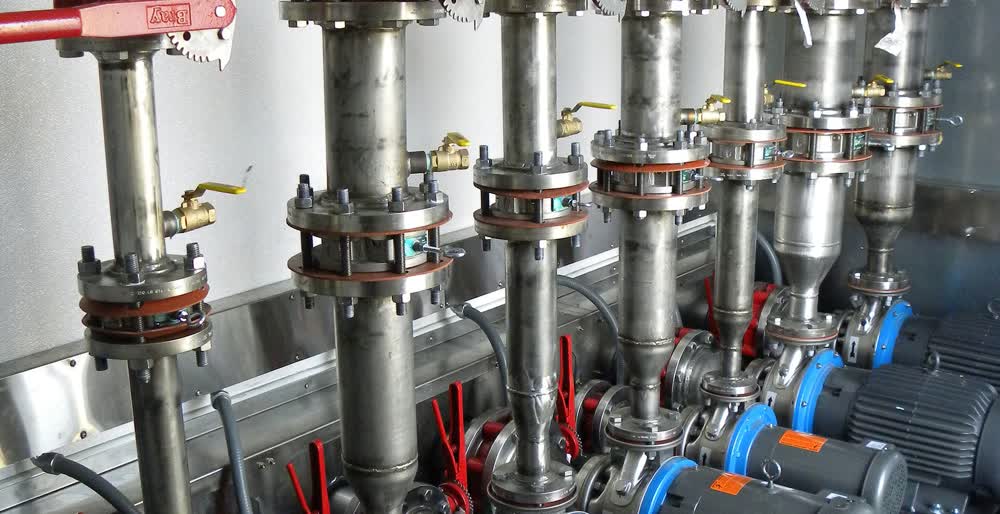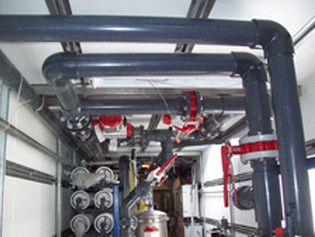INDUSTRIAL
FABRICATION SERVICES

INDUSTRIAL
FABRICATION SERVICES

From Mission Accepted to Mission Accomplished.
The Industry Leader in Highly Engineered Specialty Industrial Solutions
Over 40 years of experience have earned Craftsmen Industries a solid reputation as the leading manufacturer of industrial solutions for global utilization.
Craftsmen serve government agencies, armed forces, corporations, and non-profit organizations, that leverage static and mobile solutions for disaster relief response, military, aerospace, defense, medical services, power, water, training, and many other initiatives.
The Industry Leader in Highly Engineered Specialty Industrial Solutions
Over 40 years of experience has earned Craftsmen Industries a solid reputation as the leading manufacturer of industrial solutions for global utilization.
Craftsmen serves government agencies, armed forces, corporations, and non-profit organizations, who leverage static and mobile solutions for disaster relief response, military, aerospace, defense, medical services, power, water, training, and many other initiatives.
Our strength is built upon our end-to-end integration of the entire creative, design, engineering, fabrication, and graphics process. This allows us to take loosely defined ideas or ambiguous concepts and turn them into reality fast, without compromising concept, timeline, or quality. Because we own the entire highly-integrated production process, our product is reliable, high quality, on time, and on budget.
Craftsmen is the perfect partner to bring your concept to reality.
The Craftsmen Difference:
DESIGN - ENGINEERING - FABRICATION
GRAPHICS - PAINT - 3D
All Under One Roof!
The Craftsmen Difference:
Design - Engineering - Fabrication
Paint - Graphics - 3D Additive Manufacturing
All Under One Roof!
Dedicated to the Highest Quality Standards
We prioritize superior quality management and are certified by ASR with the prestigious AS9100D and ISO 9001:2015 certifications.
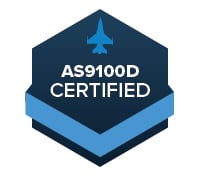
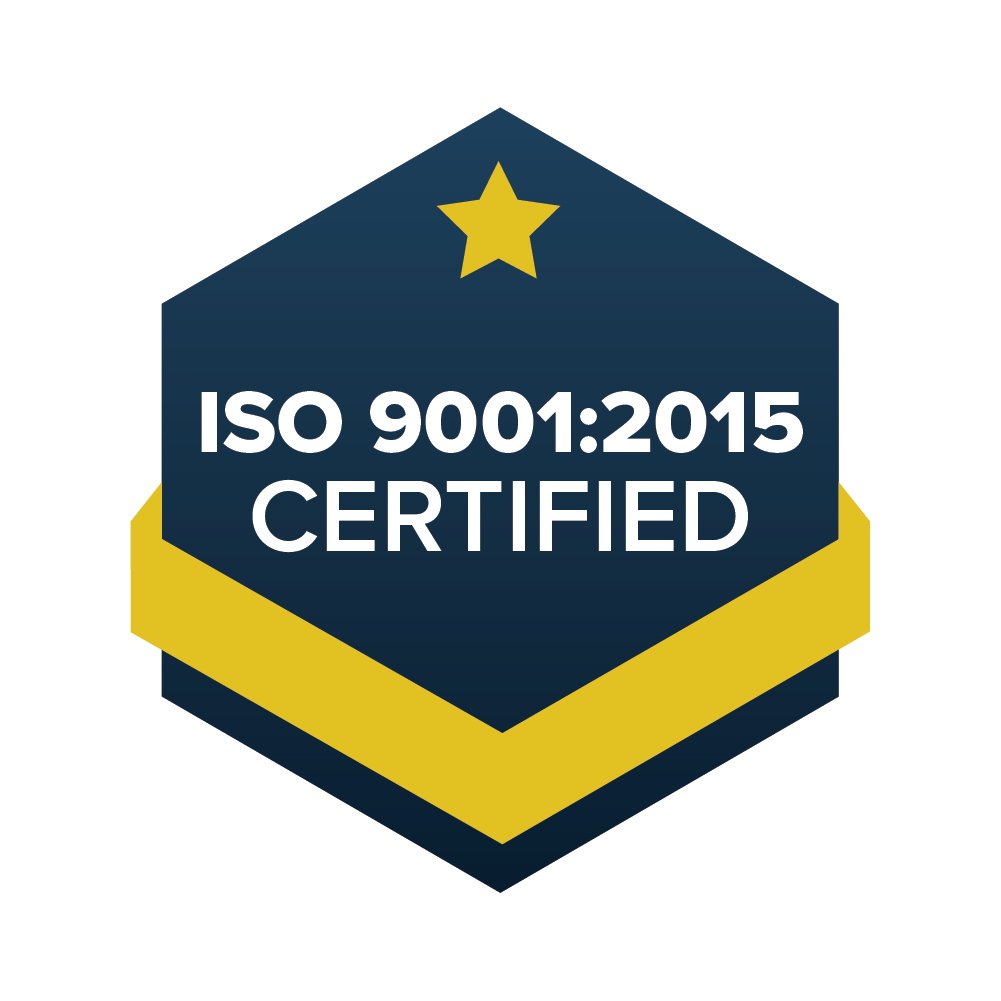


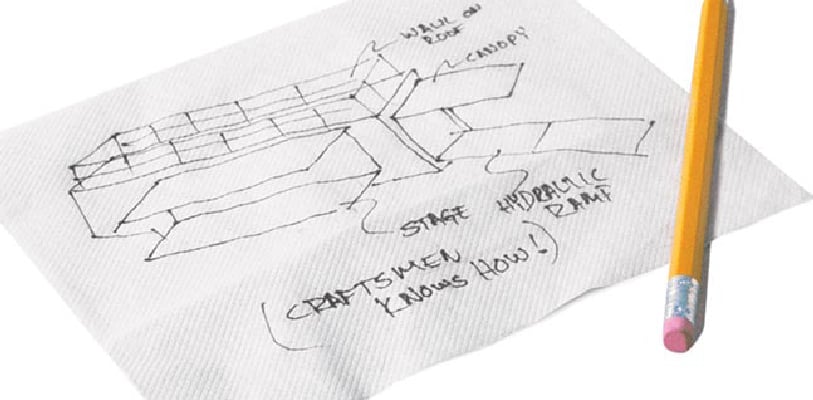
Vision
Tell us about your idea! Describe it, sketch it, or show us your designs.
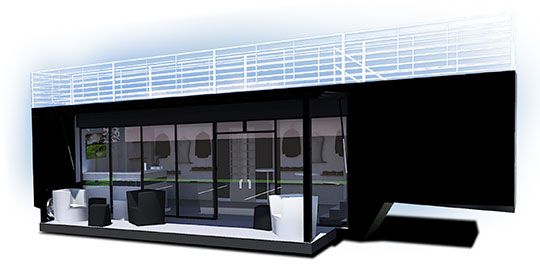
Design
We design your solution down to the last bolt.
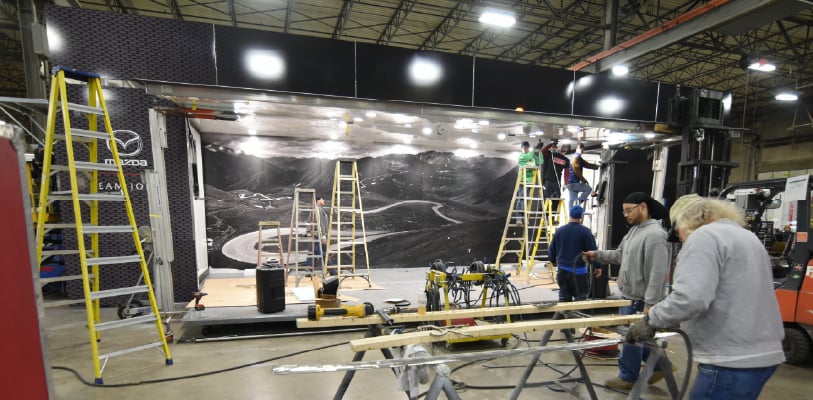
Build
We custom fabricate your build in-house.

Deliver
We deliver your asset on time as promised.
Trusted by these VALUED CLIENTS
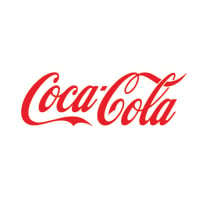
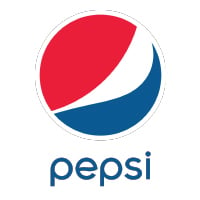



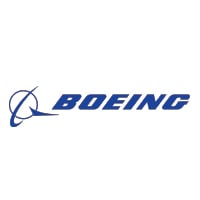
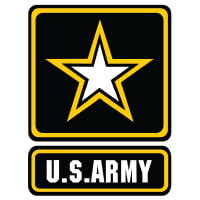

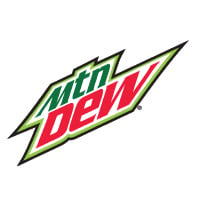





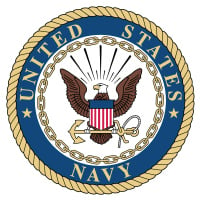
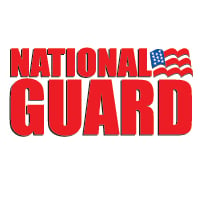




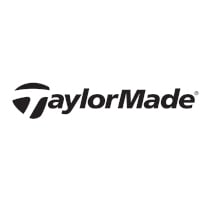





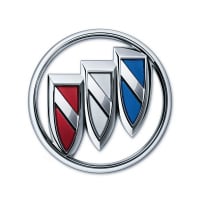













Contact Us
Our Work
Click the Area of Interest Below to See More
Built For Safety and Longevity
Our industrial fabrication services are responsible for manufacturing items that keep communities safe and prosperous.
Backed up by our ISO 9001:2015 Certification, you’ll get premium-quality industrial craftsmen who will make your investment worthwhile.
The most common products in industrial services, including many made by Craftsmen Industries, Inc., are:
- Aerostat Launch Stands
- Aircraft Maintenance Stands
- Disaster Relief
- Command Centers
- Mobile Kitchens
- Water Treatment
- Energy Storage
- Mobile Laboratories
- Mobile Training Centers
- Mobile Veterinary Units
- Mobile Healthcare
- Fire Suppression Systems
What is Industrial Fabrication
Industrial fabrication is a process in which specialized machinery alters raw materials to specific shapes. Without the fabrication industry, there would be no way to run our electrical systems and create pieces that hold our houses, vehicles, kitchens, and computers functional. However, not many realize how industrial fabrication works.
Industrial fabricating service consists of many techniques and steps that require careful precision and expertise in the field. This post will discuss the step-by-step guide to the process of how an industrial fabrication company works, explaining all the necessary details you may not be aware of.
By the end of this article, you’ll understand how crucial this industry is to our civilization and how it impacts different parts of ours.
Before we dive into the details of how industrial fabrication works, we need to find out what it actually is. As we mentioned, industrial fabrication is the process of confining raw materials and making them conform into specifically-shaped pieces. To accomplish a successful finalized product, there’s a need for expertise, specific equipment, and a combination of fabrication techniques.
Industrial fabrication is an essential part of a variety of manufacturing industries. This includes automotive, aerospace, construction, and medical device manufacturing organizations. Because of their versatility in tools, it’s used to create parts such as
- Commercial and military aircraft parts.
- Individual parts for alternative energy components for solar, geothermal, and wind structures.
- Agricultural equipment and attachments.
- Individual parts for automotive vehicles.
- Materials, tools, and support for construction projects.
- Packaging equipment and food-safe food processing.
- Consumer product creation for everything ranging from home appliances to car seats.
- Military defense tools.
- Communication equipment and vehicle components.
- Fracking tanks and pumps.
Industrial fabrication operations include design, engineering, fabrication, printing, and installation in-house. The primal benefit for industrial fabrication organizations is the centralization of these processes that are commonly required to be performed in parallel through a collection of vendors.
How Does Industrial Fabrication Work
An industrial fabrication company goes through several processes in order to create a desired and finished piece. Depending on the material, durability, and strength, this process may add or exclude some steps mentioned in this guideline.
Design and drawing
The industrial process initially begins with finalizing the desired product’s design and drawing. In this step, clients typically send their blueprints and designs to manufacturers before the actual process of creation begins.
The blueprint also consists of specifications concerning the product, such as the material it’s supposed to be made of and the dimensions. Then the engineers use the CAD software to create a design that will be used for fabrication.
Selection of materials
After careful design, the next step is for the workers to select the proper materials. We commonly use stainless steel, carbon steel, copper, titanium, and aluminum. Then the workers prepare the materials for the upcoming steps by using various techniques such as cutting or shaping the raw materials.
Punching
In this step, fabricators alter the metal sheet into specific shapes, in correlation with the client’s specifications, with pressing types of machinery. The staff must ensure that the material is appropriately bent so that it doesn’t affect the execution of the following steps.
The fabrication services can also execute this process through cutting, stamping, shaping, folding, and welding. Additionally, a related practice is custom fabrication.
The fabrication process
Then it’s time for the fabrication process to take place. The workers shape, join or modify the materials based on the client’s design. The processes involved here are casting, forging, welding, and forming.
Assembly
After altering, shaping, and bending the material, the industrial fabrication’s next step is assembling all the pieces to make a finalized product. During this process, a welding machine is often used to combine the pieces.
Finishing
The final step of creating the product undergoes several processes to achieve the desired look and appearance the client requested. This includes cleaning, painting, coating, and galvanizing.
In some cases, heat may be applied to products to withstand specific working environments.
Quality checking
In this step, fabricators focus on verifying that all the requirements and specifications regarding the product are met. The product goes through a series of testing to ensure optimal quality.
If an error is identified, the product will be brought back for corrections. Once the products meet all the requirements, they can be passed on to the final step.
Packing and shipping
Once all the steps have been completed and checked for quality, the products are ready to be packed and shipped.
Types of Industrial Fabrication Processes
There are various types of metal fabrication processes in the industrial fabrication service industry. Here are some examples:
Cutting
The most fundamental process in the industrial fabrication industry is cutting. This process can be accomplished through various techniques and practices, including laser cutting, waterjet cutting, shearing, sawing, or flame cutting.
The cutting step is what transforms the material into the required dimensions. However, in the modern age, many advanced technologies are used in the industrial fabrication industry, making this process much more efficient, precise, and effortless.
Forging
Forging is referred to high-pressure machinery compressing or hammering into raw material. This process results in achieving the desired shape and size, which is either delivered from a hammer, press, or die forging.
Ultimately, forging is the art of working on hot material and manipulating it into the correct shape through the use of hammers and high-press machinery. By working the material, fabricators can increase its properties, including structure, longevity, and conductivity.
Casting
Casting manufacturing is a process in fabrication in which liquid materials, such as molten metal, are poured into a specifically shaped mold and are allowed to harden. After solidification, the die is removed from the liquid material and undergoes several finishing touches before reaching the final product.
Milling
Milling machinery refers to the process of surface perforations which is carried out by obtaining a result with a specific shape and size for the chosen material.
The procedure is done by cutting the material’s surface with a rotary tool. This can combine several movements that can be non-circular to obtain the specific design.
Drawing
Drawing is also a common metalworking process in many industrial manufacturing organizations. This process uses tensile force to extend the length of a liquid metal into the desired shape. The reason it’s called “drawing” is because the machine “draws” the metal toward it.
Punching
In fabrication industries, punching is referred to as a separating technique that is primarily used to process holes into flat materials like paper, plastic film, or metal sheets. The material is being shear cut once the punches begin entering the dies.
Drilling
Drilling is a common process in fabrication, which uses a drill to cut holes into solid metal using a circular bit. The bit is pressed against the metal and rotated at high rates, which can go up to hundreds to thousands of revolutions per minute.
Turning
Turning is a machining process where the piece of metal goes onto a spinning platform which allows a specialized fabricator to cut it radially with a tool as it spins. The cutting tool can be variously angled in order to create different forms.
Extrusion
Extrusion is a process in which materials are forced through a series of dies, ultimately creating desired and specific shapes. This process allows efficient, continuous production, which leads many industrial fabricating industries to apply this type of practice to their work.
Industrial Fabrication Categories
Industrial fabrication services is a practice that goes much beyond just shaping materials. Even the simplest product may require a variety of techniques to be realized. That leads us to explore the various types of industrial fabrication company techniques.
Most commonly, many fabrication companies fall into three primal categories:
- Commercial: Commercial fabricating is a process in which the industry gets work done while creating commercial products.
- Industrial: Industrial fabrication refers to the creation of pieces for completing other equipment used to manufacture consumer goods.
- Structural: Structural fabrication refers to work as part of large-scale fabrication projects.
Technology Used for Industrial Fabrication
Fabrication industries, as we know them today, have existed since the Industrial Revolution, when metal sheets were in much higher demand than ever before. We have been mining and machining metal for the past ten millennia, as evidence was found by copper pendant archaeologists that date back to roughly 9.000 BCE.
Throughout the years, techniques and technologies have been ever-changing and significantly advancing for better performance and results in the industry. Many basic practices still take force today, but remarkable innovations have revolutionized how we execute fabricated products in the modern age.
Some of the essential types of industrial fabrication technologies that are at the forefront of the fabrication process include:
CAD software
CAD, also known as computer-aided design software, plays a critical role in the core design of industrial fabrication projects. Manufacturers use the program to create, analyze and/or change two- or three-dimensional designs and models. This can then be used by an industrial fabrication company in the fabrication process.
Rather than using manual drafting methods, this digital environment is a much quicker and more efficient way to resolve these processes. The CAD software can additionally be used for facilitating easy translations to programming language for programming fabrication machinery.
This computer-aided design has made fabrication design and processing much easier to fine-tune, allowing engineers to instantly identify crucial information. This also includes information on spots that may be structurally weak.
Automation
Automation manufacturing is a concept used in control systems to operate the equipment. This has revolutionized and improved the industrial fabrication process in recent years.
Automation is increasingly being produced with programming capabilities in the fabrication machinery. This concept allows the fabricating machinery to automatically complete projects with detailed specifications and minimal human involvement. They provide a wide range of processes, including cutting, welding, folding, as well as various machining processes.
Automation manufacturing is globally employed due to its round-the-clock work and improved reproducibility, effectiveness, and precision.
Machinery
Machinery alternatives have also made their revolutionary turn in the industrial fabrication industries. However, laser technology is most common for executing cutting processes and allows more efficient cutting even through thicker materials.
Other technology concepts, including plasma cutting and waterjet cutting, are also in force and available in many fabrication organizations. These solutions are excellent for diverse and various types of jobs, materials, and projects.


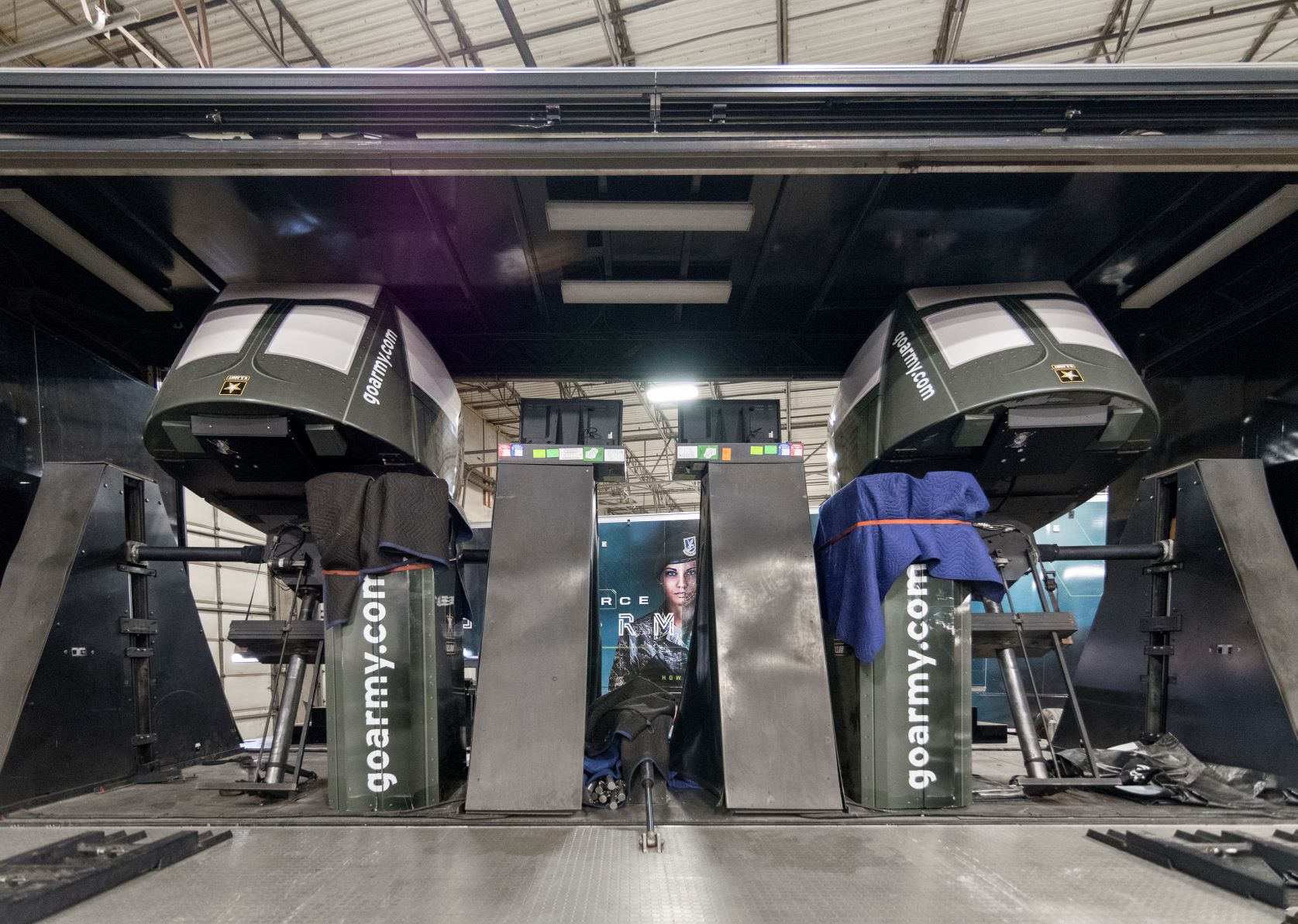
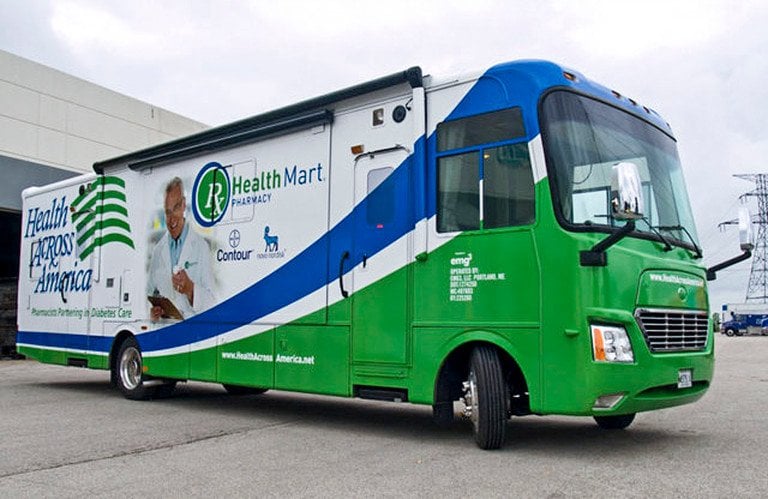
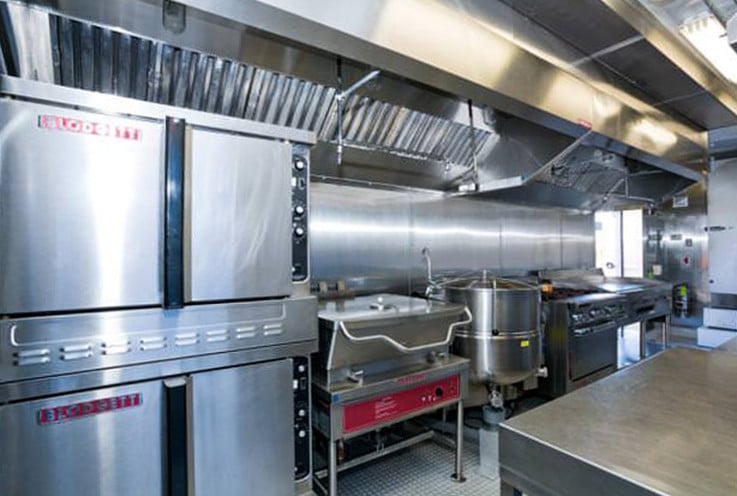
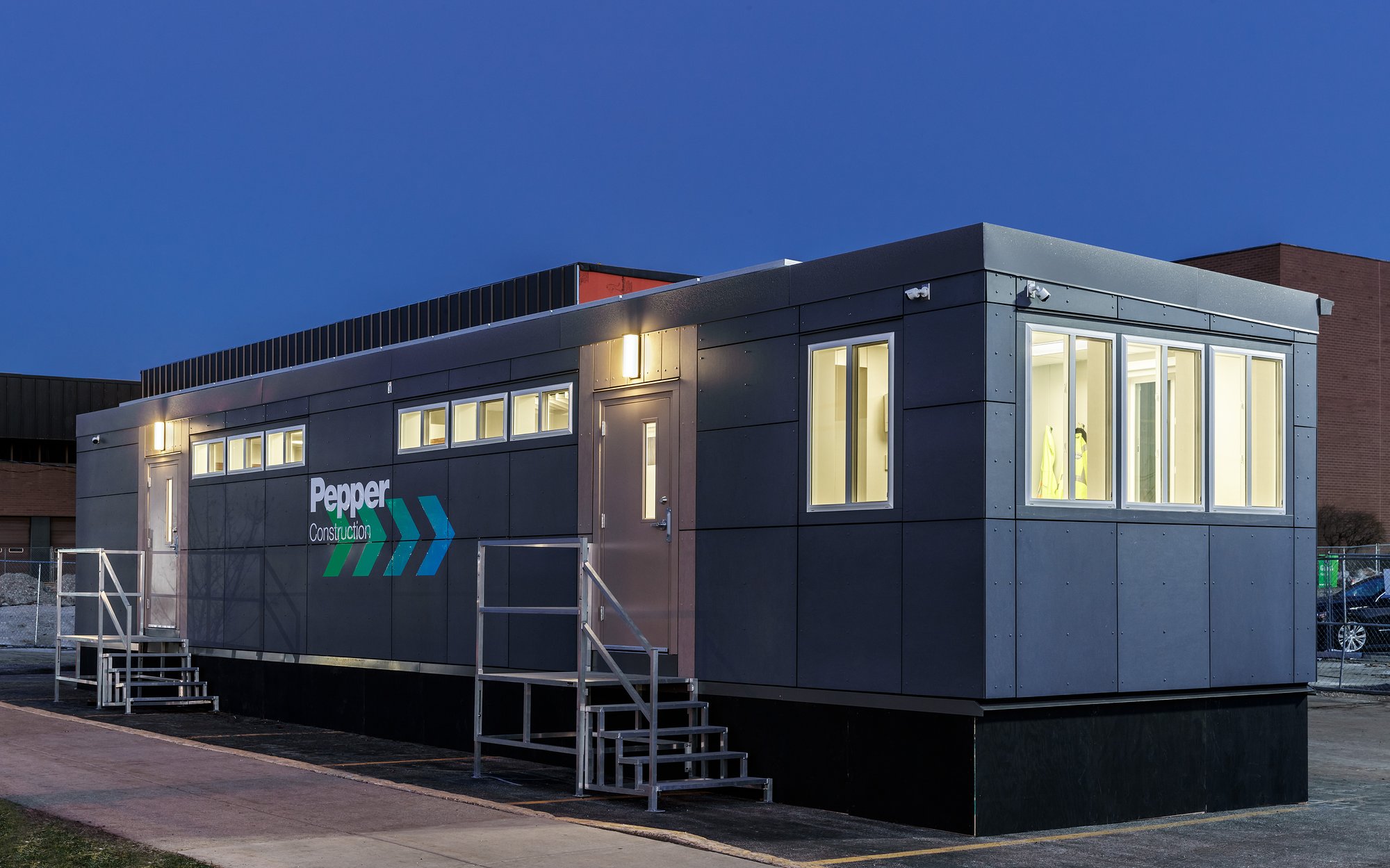
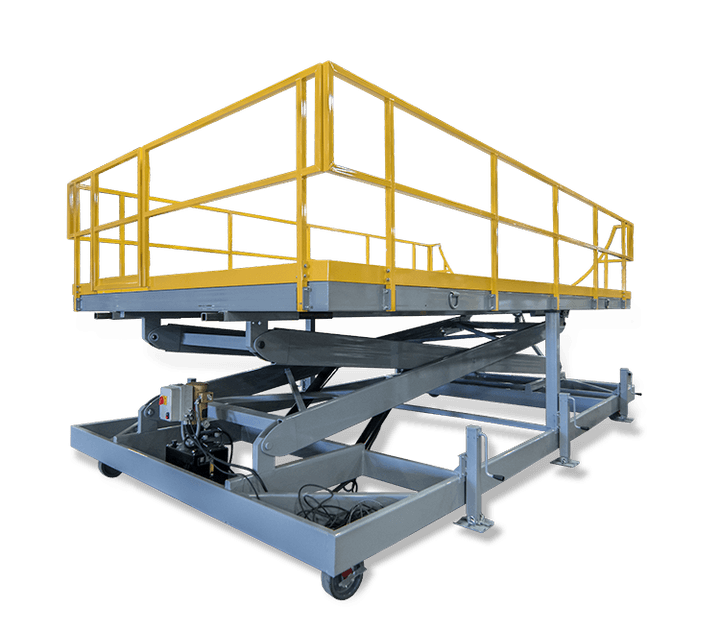
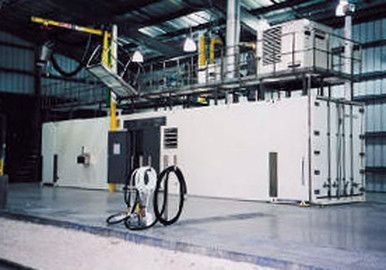
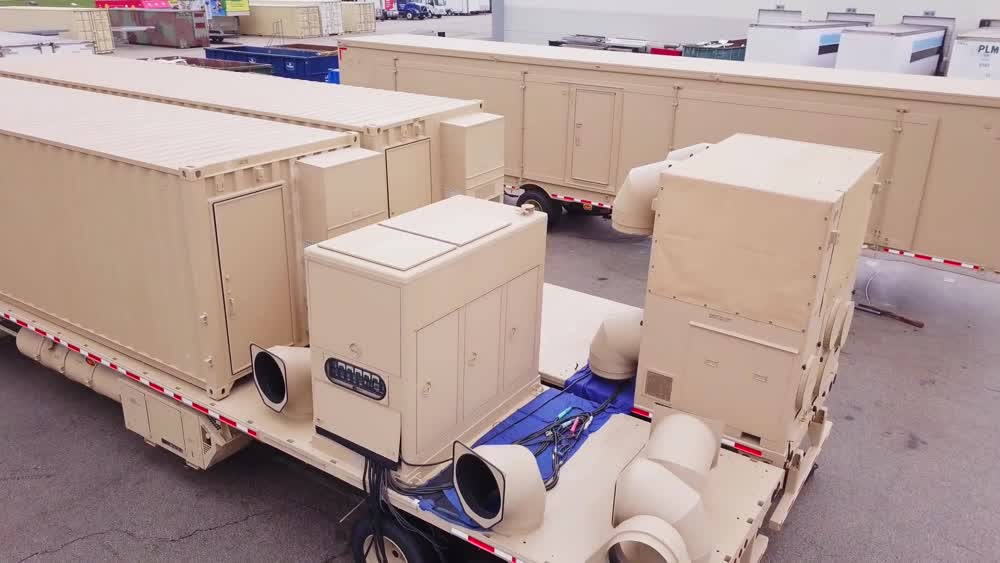

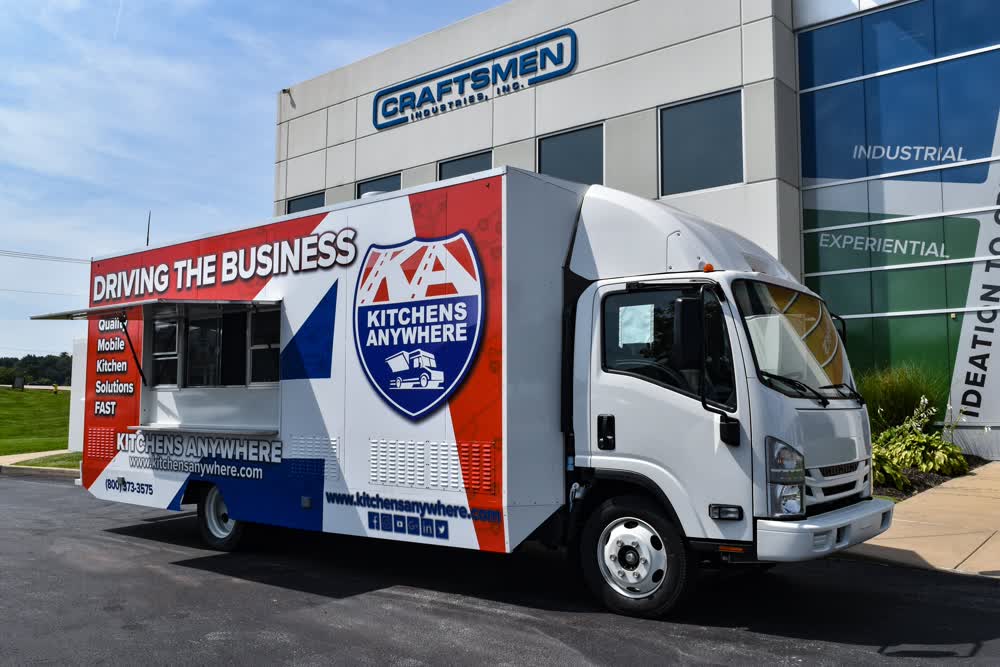
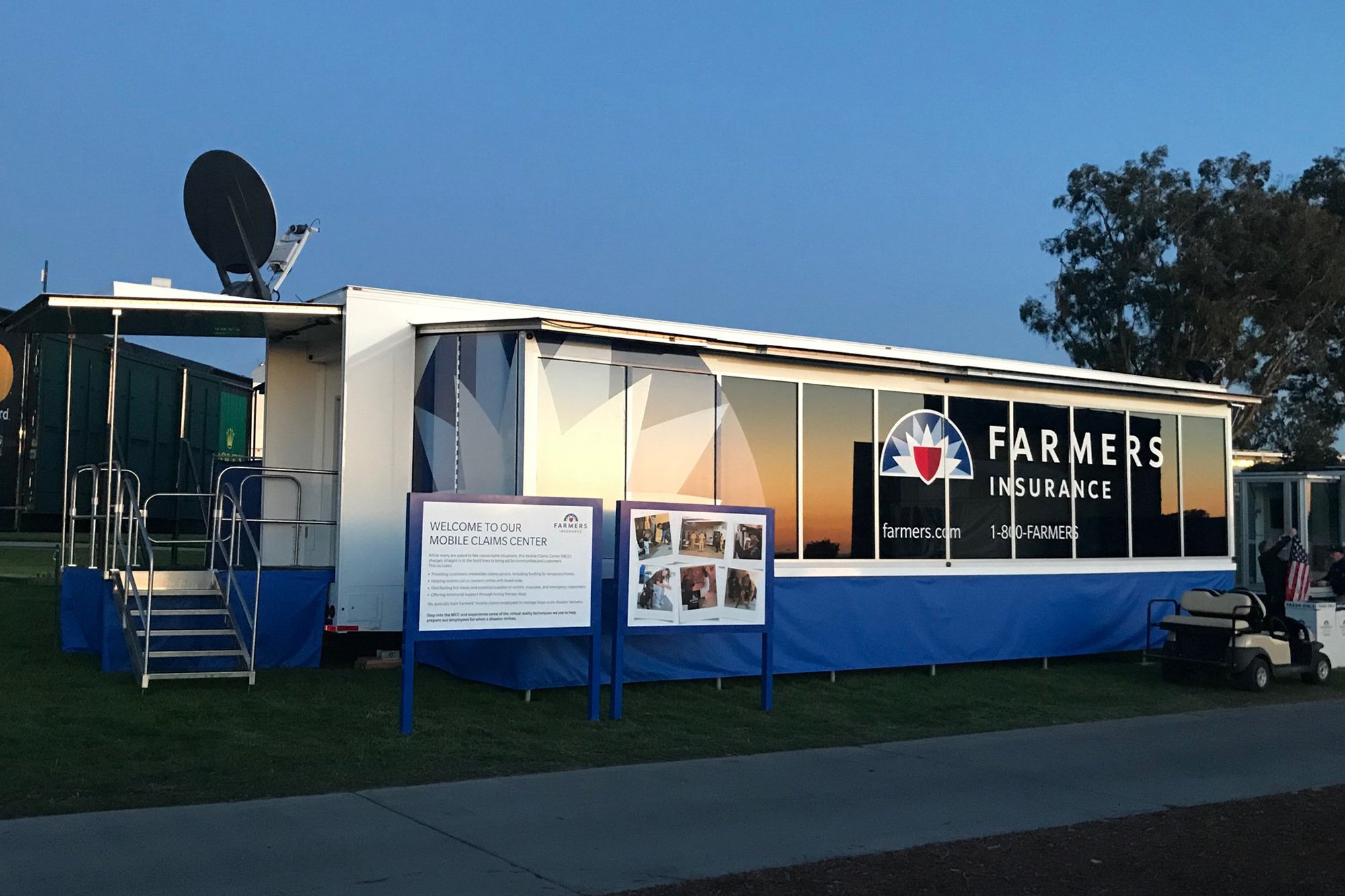
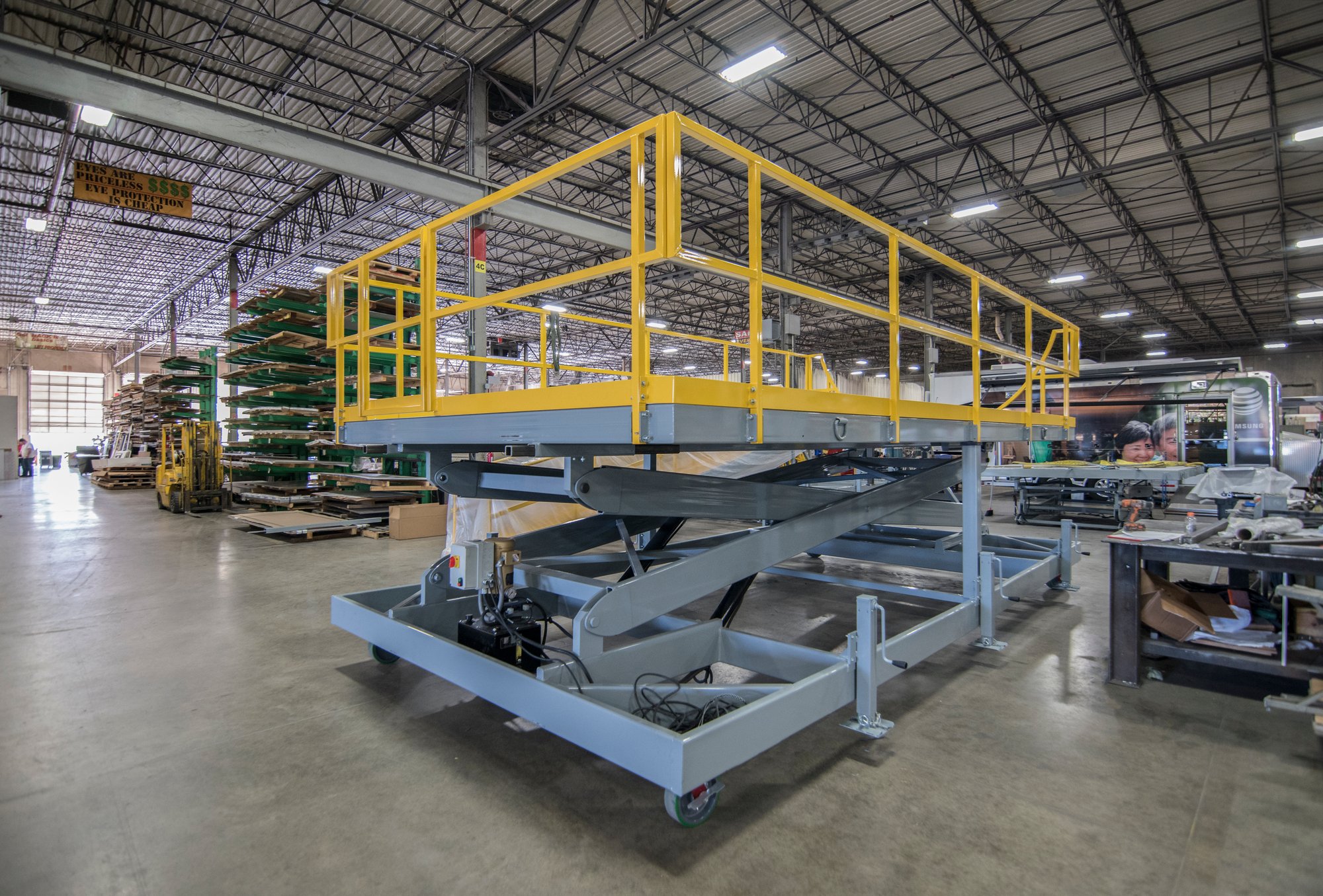
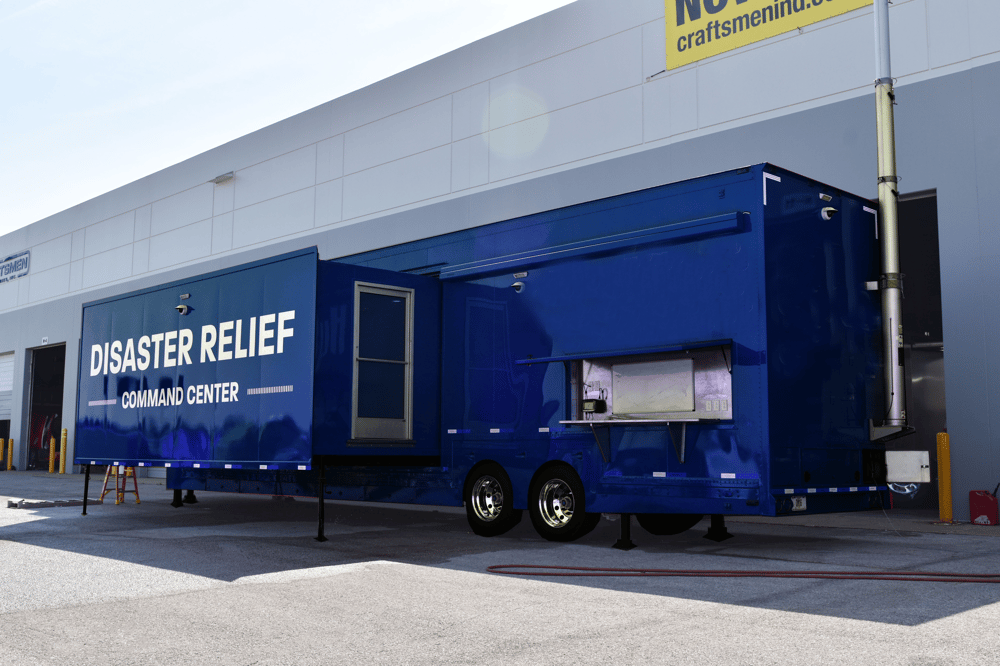
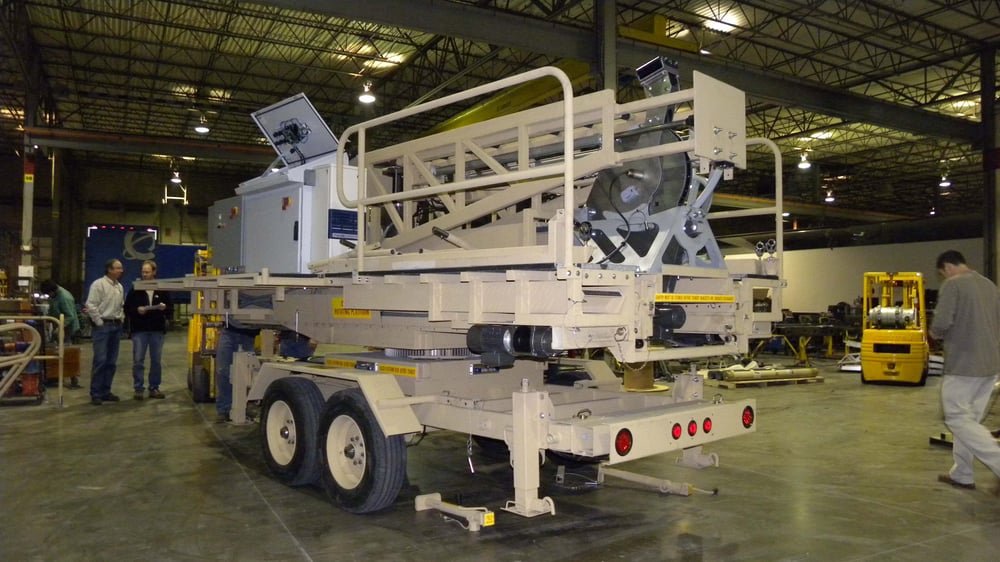
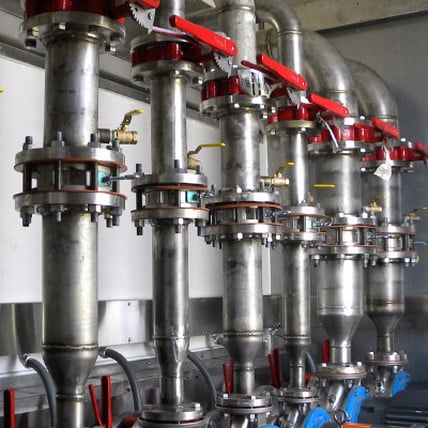
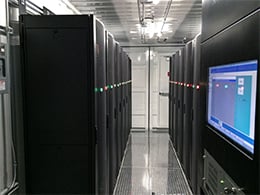
/liberty%20Oil%20Trailer%20Exterior.jpg)

